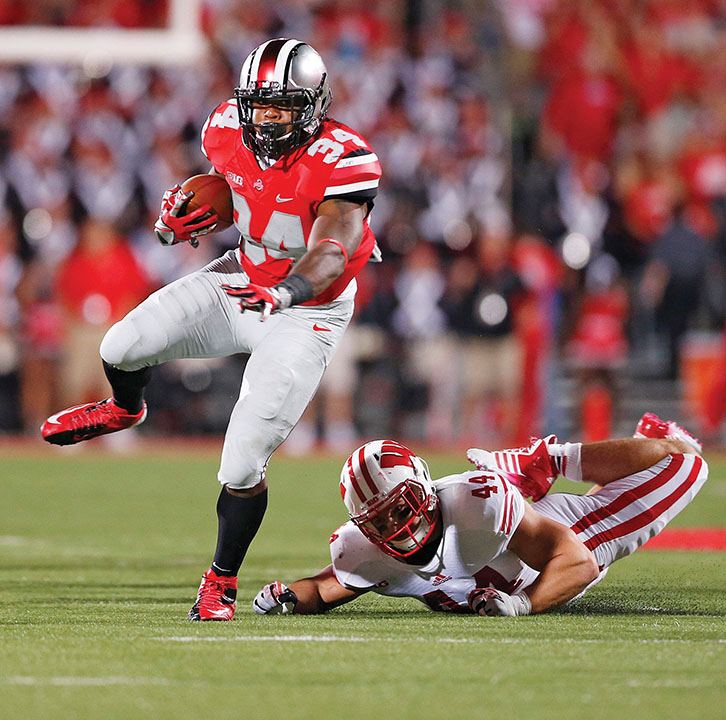Big Ten continues free fall as SEC reigns supreme
With this year’s college football season underway, it once again seems a foregone conclusion that the Southeastern Conference (SEC) will produce the BCS National Champion for the eighth consecutive year.
Even as the SEC’s elite cannibalize on one another, it has long been acknowledged that the conference’s top-ranked team at season’s end would be a shoe-in for the BCS title game, even if that team had a loss. Look at the 2007 LSU Tigers; they played for and won the national championship, despite losing twice to Kentucky and Arkansas.
The reasoning behind this is simple; the SEC is the top conference in all of college football. With five or six of its teams consistently ranked in the top 15 each season, competition in the SEC is much harder than in conferences like the Big Ten and Pac-12. Thus, these teams are more battle-tested and deserving of a shot to play for the BCS National Championship.
But the emergence of the SEC in recent years has not come without the decline of its fellow power conferences, particularly the Big Ten. Despite adding longtime Big 12 heavyweight Nebraska in 2011, the Big Ten has seen many of its top teams sink into mediocrity. Schools such as Penn State and Iowa used to be regulars in the top 25, helping to form an SEC-type ensemble of ranked teams alongside Ohio State, Michigan, and Wisconsin.
Since 2009, however, Iowa is 19-19, Penn State has been hammered with NCAA sanctions following the Jerry Sandusky scandal, and newcomer Nebraska continues its struggles to reassert itself as a national power. But perhaps most inhibiting for the Big Ten have been the struggles of Michigan.
Michigan and archrival Ohio State are two of the most storied programs in all of college football, and between their annual heavyweight bouts and national title challenges, the two schools have almost singlehandedly kept the Big Ten in the national eye for decades.
But since Michigan’s shocking upset at the hands of Appalachian State in 2007 and the subsequent resignation of longtime head coach Lloyd Carr, the program has never been the same. Problems were then further compounded by the hiring of Rich Rodriguez, a coach whose spread offense and 3-3-5 defensive scheme were systematic non-fits in a physical Big Ten conference. After compiling a 15-22 record, Rodriguez was fired in 2011 and replaced by ex-Michigan assistant Brady Hoke.
Because of these collective struggles, the Big Ten has been heavily criticized by fans and media alike in recent years. The image of the conference has also suffered due to its poor head-to-head record against the SEC, including a 5-11 mark since 2010.
This negative perception of the Big Ten could very well prove costly for one team in particular, Ohio State. The Buckeyes currently hold the nation’s longest winning streak at 17 games, but are only ranked No. 4 in the AP Poll despite beginning the season at No. 2. While Ohio State take on No. 16 Northwestern this Saturday, it remains to be seen if they will be able to play enough quality opponents within the Big Ten to climb into the top two of the BCS at season’s end.
One thing is for certain though, the brand name of Ohio State and the Big Ten are no longer sufficient enough to punch a ticket to the title game.






